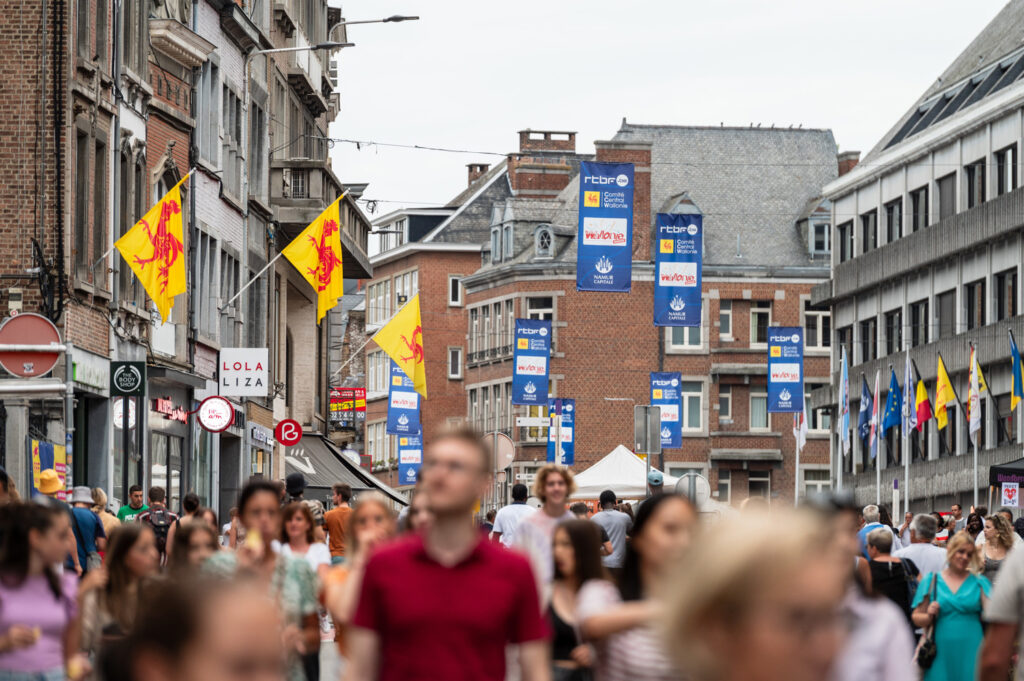Income inequality remains limited in Wallonia compared with other European countries, according to the latest poverty scoreboard published on Monday by the Walloon Institute of Statistics (IWEPS).
With a Gini coefficient (a measurement which represents a nation's income, wealth or consumption inequality) of 0.242 in 2022, the Walloon region is comparable to Scandinavian countries.
This coefficient varies from zero – which represents total equality of income – to one, if all the income is received by a single individual. It has remained stable over the years, with an estimate of 0.236 in 2021.
However, poverty in terms of living conditions is more marked, IWEPS underlines, noting that 14.4% of Walloons were living in a household of material and social deprivation in 2022.
This indicator, which is higher than the European median, measures the proportion of the population that cannot afford certain goods and services, such as paying rent on time, heating, a car or a second pair of shoes.
The at-risk-of-poverty rate, which measures the proportion of the population living in a household with a net income below the poverty threshold (60% of the national median income), is also relatively stable at 17.8%.
Related News
- Regional languages holding their own in Wallonia
- Walloons still need a car to take the train anywhere
- Employment growth less strong in Brussels, but market is more dynamic
IWEPS also observes a strong sustainability of poverty. In fact, in 2022, 13.4% of the population lived in a situation of persistent poverty, i.e. their income was below the poverty threshold for that year, but was also below it for at least two of the three previous years.
The proportion of Walloons living in damp housing is similar to the previous two indicators, at 17.4%. However, IWEPS notes a downward trend since 2017. Tenants face these problems almost twice as often as homeowners.

